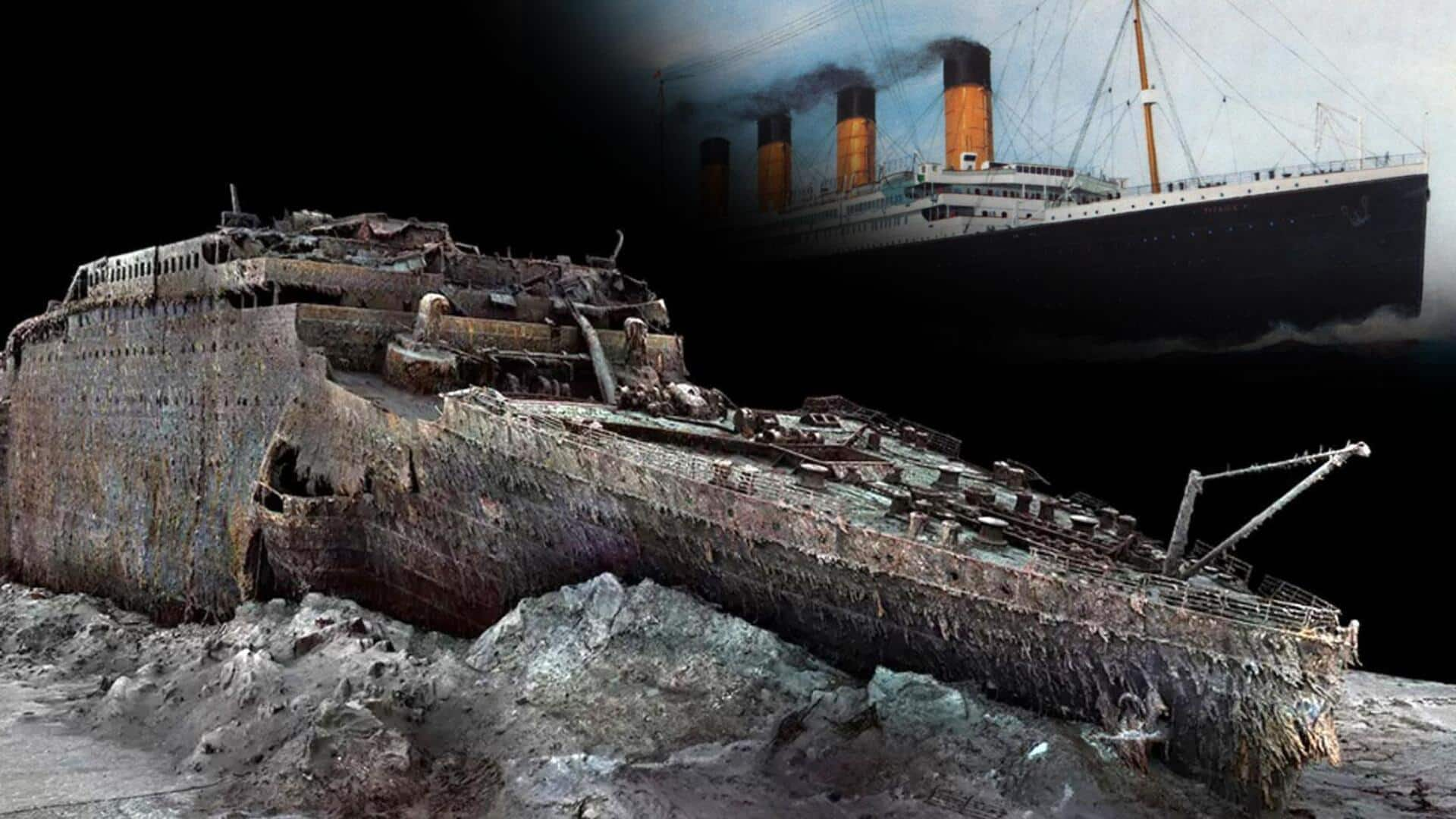
Robots to reveal how the Titanic wreckage is deteriorating
What's the story
A pair of remote-operated vehicles (ROVs) will descend to the Titanic wreckage this week, marking a significant expedition organized by RMS Titanic, the company that holds the salvage rights to the wreck. The mission aims to conduct 3D scans and capture high-resolution images of the ship's remains. This is the company's first visit since 2010. The expedition holds significance as it follows last year's tragic incident involving the OceanGate Titan submersible that resulted in five fatalities.
Mission objective
Preservation and study: The focus of new Titanic expedition
Unlike previous missions, the current expedition by RMS Titanic is centered on preservation and study rather than offering wealthy individuals a chance to view the wreckage. The company plans to compare new scans with those from its 2010 expedition. Per RMS Titanic, the aim is to document deterioration and determine impact of the oceans and other expeditions on the site. The team also hopes to discover new marine life or debris field areas and identify new areas of deterioration.
Information
Advanced technology to capture unprecedented imagery of Titanic
The ROVs are equipped with a custom-built structured array of high-resolution cameras and custom lighting capable of capturing 65K imagery. Marine Imaging Technologies founder Evan Kovacs told Oceanographic that these cameras are "the highest resolution camera systems ever deployed at the site."
Artifact exhibition
RMS Titanic displays collected artifacts globally
In addition to conducting scans, RMS Titanic also collects artifacts from the site. These artifacts are not destined for museums but are showcased at permanent exhibits in Las Vegas, Nevada, and Orlando, Florida, as well as in worldwide touring exhibits. Titanic, a British passenger liner, the largest ship in the world when she was built, struck an iceberg in the North Atlantic on her maiden voyage in April 1912 and sank. As many as 1,490 people died in the accident.